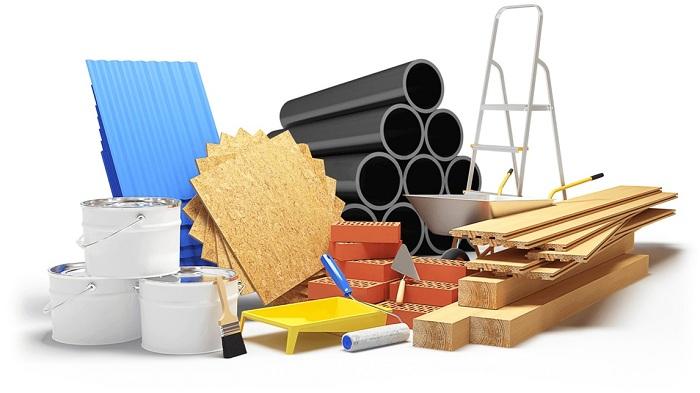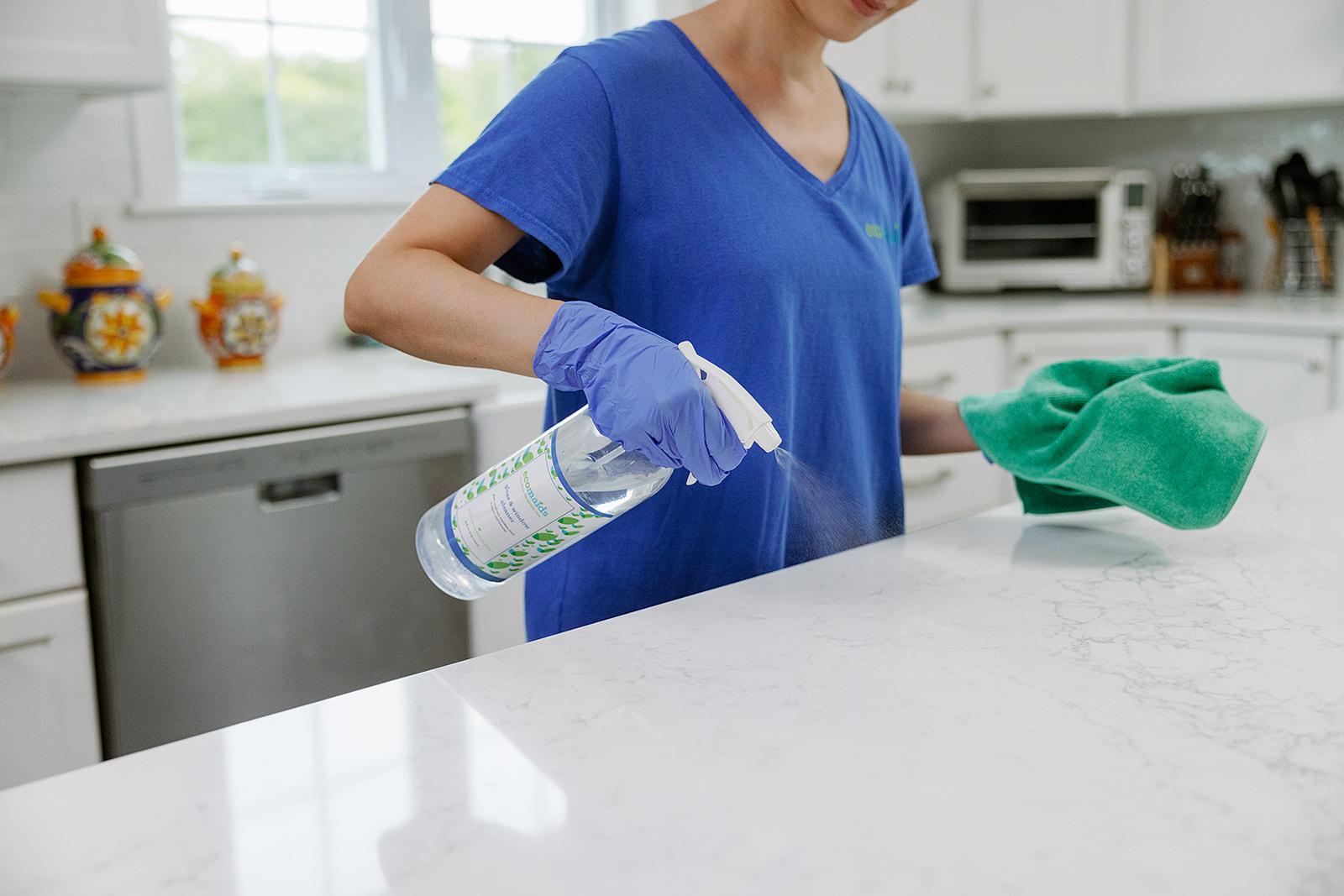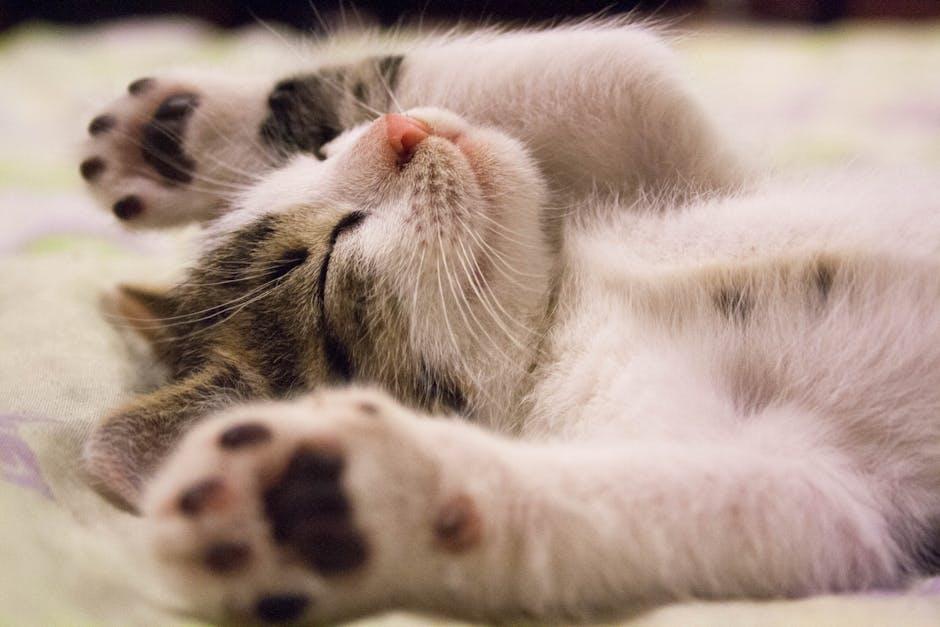Creating the perfect space for your feline companion requires a balance of safety, comfort, and a touch of creativity. Whether you are a seasoned pet owner or a first-time cat parent, the concept of “My Cat Cage” can transform your home and enrich your cat’s life. Imagine a sanctuary where your furry friend can unwind, play, and observe the world around them from the safety of their own domain. In this article, we delve into the essential features and benefits of designing a cat cage that caters to your pet’s every need. From choosing the right materials to incorporating engaging elements, we will guide you through the process of building a cat cage that not only ensures your cat’s well-being but also seamlessly fits into your living space. Join us on this journey to create a perfect haven for your beloved cat.
Table of Contents
- Choosing the Perfect Size: Ensuring Comfort in Your Cat Cage
- Material Matters: Selecting the Right Construction for Durability
- Design Features: Enhancing Safety and Accessibility in Cat Cages
- Top Tips for Cleaning and Maintenance: Keeping Your Cat Cage Pristine
- Q&A
- In Conclusion

Choosing the Perfect Size: Ensuring Comfort in Your Cat Cage
Ensuring your cat’s cage is the perfect size is vital for their comfort and well-being during travel or at home. A good rule of thumb is to select a carrier that is one and a half times the size of your cat. This provides enough room for your feline friend to turn around, stretch, and lie down comfortably[[1]].
When choosing the right size, it’s essential to consider your cat’s individual needs. Some cats prefer more space, while others feel safer in a cozier environment. Test the comfort by placing your cat inside the carrier at home before any trip. If they seem relaxed and can move without restraint, you’ve chosen the right size. Here are some key factors to keep in mind:
- Mobility: Ensure your cat can easily stand, sit, and turn around.
- Ventilation: Sufficient airflow is crucial, so choose a cage with multiple air vents.
- Secure closures: Always check that the carrier has secure latches and locks to prevent escapes.
For a more precise selection, measure your cat from the nose to the base of the tail and from the top of the head to the ground. Then, compare these measurements to the interior dimensions of the potential carrier.
| Cat Measurement | Carrier Dimension |
| Nose to Tail Base | Carrier Length |
| Head to Ground | Carrier Height |
Remember, comfort isn’t just about size. Line the carrier with soft bedding or a familiar blanket[[2]]. This not only pads the interior but also makes the environment more comforting. Consider using a pheromone spray to create a calming atmosphere inside the carrier. A couple of spritzes, applied 15 minutes before travel, can make a significant difference in reducing stress[[3]].
Always prioritize your cat’s well-being. The perfect-sized cage ensures they feel secure and comfortable, making any journey less stressful for both of you.
Material Matters: Selecting the Right Construction for Durability
Choosing the right materials for building a durable cat cage is crucial to ensure longevity and comfort for your feline friend. The ideal construction materials should be non-porous, robust, and resistant to wear and tear. Here are some key materials to consider:
1. Steel and Aluminum:
These metals are popular choices for cat cages due to their strength and durability. Steel cages, often coated with non-toxic finishes, provide excellent protection against rust and corrosion. Aluminum, being lightweight yet sturdy, offers similar benefits with the added advantage of ease in transportation.
2. Plastic and Polymer Composites:
High-quality plastics, especially those reinforced with polymer composites, are a great alternative. These materials are typically non-porous, making them easy to clean and sanitize. They are also resistant to moisture, which can help in preventing bacterial growth.
3. Wood:
While wood is not as commonly used for the entire structure, it can be a cozy addition for perches and platforms. It’s important to select hardwoods or treated softwoods that can withstand scratching and chewing. Ensure that any wood used is free from harmful treatments or chemicals that could affect your cat’s health.
Here’s a comparison table for quick reference:
| Material | Advantages | Disadvantages |
|---|---|---|
| Steel | Strong, corrosion-resistant, durable | Heavy, possibly expensive |
| Aluminum | Lightweight, strong, easy to transport | May not be as durable as steel |
| Plastic | Non-porous, easy to clean, moisture-resistant | Can be less sturdy over time |
| Wood | Natural, comfortable, aesthetically pleasing | Can harbor bacteria if not treated, less durable |
Other Considerations:
- Ventilation: Ensure materials used allow for adequate air flow.
- Non-toxic Finishes: Any coatings or treatments should be non-toxic and safe for pets.
- Ease of Maintenance: Prioritize materials that are easy to clean and maintain to ensure a hygienic environment.
By carefully selecting the appropriate materials, you can construct a cat cage that will be both comfortable for your pet and durable enough to last for years.
Design Features: Enhancing Safety and Accessibility in Cat Cages
Ensuring the safety and accessibility of your cat’s cage is paramount for their well-being. When designing cat cages, it’s crucial to integrate features that promote a secure and stress-free environment. Here are some design elements to consider:
- Rounded Edges and Corners: Sharp edges can pose a risk of injury. Rounded corners reduce the possibility of accidents and create a more cat-friendly space.
- Non-Toxic Materials: Always choose materials that are safe for cats. Opt for non-toxic, chew-resistant substances that won’t harm your feline if they decide to take a nibble.
- Ventilation: Adequate ventilation is essential to ensure a fresh air supply and prevent your cat from feeling trapped. Mesh or grated areas can serve this purpose effectively.
Accessibility is another critical aspect of a well-designed cat cage. Consider the following features to make your cat’s cage easily accessible:
- Multiple Entry Points: Having more than one door can make it easier to access different areas of the cage, reducing stress for both you and your cat.
- Easy-to-Open Latches: Latches should be secure yet easy to operate. This will help in emergencies and during routine cage cleaning.
- Removable Trays and Platforms: These features can greatly simplify cleaning and maintenance. Removable components also allow for easy customization of the cage layout.
For a comprehensive and user-friendly design, integrating safety and accessibility features can make a significant difference. Consider adding:
| Feature | Benefits |
|---|---|
| Temperature Control | Maintains a comfortable environment year-round. |
| Safety Cages | Prevents unauthorized access and enhances security. |
| Self-Closing Gates | Ensures gates are always closed, reducing escape risks. |
Integrating these design elements will not only increase the functionality of your cat cage but also ensure a safe and comfortable space for your feline friend. Always consider your cat’s specific needs and behaviors when designing or purchasing a cage to provide the best possible living environment.

Top Tips for Cleaning and Maintenance: Keeping Your Cat Cage Pristine
Maintaining a clean cat cage is crucial for your feline friend’s health and happiness. Begin by establishing a routine cleaning schedule to ensure that dirt and debris don’t accumulate over time. Daily spot cleaning and more intensive weekly cleanings can significantly reduce stress for both you and your cat.
For daily spot cleaning, use a mild, pet-safe disinfectant to wipe down surfaces. This method is less stressful for cats, as it involves minimal disturbance to their environment. Spot cleaning should include:
- Removing food and water dishes, washing them with soap and water.
- Replacing soiled bedding or liners.
- Wiping down surfaces where food particles or litter may have settled.
Deep cleaning is essential on a weekly basis to maintain overall hygiene. During this process, transfer your cat to a safe, temporary holding area. Use a stronger disinfectant, ensuring it’s thoroughly rinsed off to avoid any residue that might harm your pet. Focus on scrubbing all surfaces, including the cage bars, corners, and any detachable parts.
Regular maintenance involves inspecting the cage for any signs of wear and tear. Replace any damaged or worn-out components immediately to avoid potential injuries to your cat. Pay special attention to ventilation areas to ensure they are free from blockages which could hinder airflow.
consider setting up a comfortable and engaging environment within the cage. Add various textures and toys, such as plush bedding, scratching posts, and interactive toys. This not only keeps the cage clean but also ensures that your cat remains entertained and stress-free.
| Cleaning Task | Frequency |
|---|---|
| Spot Cleaning | Daily |
| Deep Cleaning | Weekly |
| Inspecting for Damage | Monthly |
By following these tips, you can maintain a pristine and healthy environment for your feline friend, contributing to their overall well-being.
Q&A
### My Cat Cage: Your Questions Answered
Q1: What is the primary purpose of a cat cage?
A1: The primary purpose of a cat cage is to provide a safe and secure environment for your cat. It can be used for transportation, temporary confinement, and ensuring the cat’s safety during a move or travel. Cat cages can also help with introducing new pets to each other by keeping them separated while they become accustomed to each other’s scents and presence.
Q2: How can I make my cat feel comfortable inside the cage?
A2: Making your cat feel comfortable in the cage involves a few key steps:
- Introduce the cage gradually: Place the cage in a familiar area and leave it open so your cat can explore it freely.
- Create a cozy environment: Line the cage with a soft blanket or towel that carries your cat’s scent. This will help them feel more at home.
- Add familiar items: Place a favorite toy or a piece of your clothing inside to provide comfort.
- Positive reinforcement: Use treats and positive interactions to encourage your cat to enter and stay in the cage voluntarily.
Q3: What size should I choose for my cat cage?
A3: The size of the cat cage should be appropriate for your cat’s size and the intended use. For transportation, the cage should be large enough for your cat to stand, turn around, and lie down comfortably. For longer confinements, such as during recuperation from illness, the cage should be significantly larger with space for a litter box, food and water bowls, and enough room for your cat to move around.
Q4: Are there any special considerations for using a cat cage during travel?
A4: Yes, traveling with your cat in a cage requires some special considerations:
- Sturdy construction: Ensure the cage is well-built and secure to handle the movement and potential impact during travel.
- Ventilation: The cage should have plenty of ventilation to keep your cat comfortable.
- Identification: Make sure the cage is labeled with your contact information in case of any emergencies.
- Comfort items: Include a familiar blanket and some toys to reduce stress during the trip.
- Frequent stops: For long drives, plan for regular stops to allow your cat to rest and relax.
Q5: Can a cat cage be used for behavioral training?
A5: Yes, a cat cage can be a useful tool for behavioral training, particularly in managing litter box habits or reducing stress during events like house parties or renovations. However, it is important to use the cage humanely and never as a form of punishment. The goal is to create a positive and safe space for your cat, helping to reinforce good behavior in a stress-free manner.
Q6: Is it safe to keep my cat in a cage for extended periods?
A6: Keeping a cat in a cage for extended periods is generally not recommended, as it can lead to stress, anxiety, and reduced quality of life. However, there are certain situations, such as medical recovery or behavioral issues, where temporary confinement might be necessary. Always ensure that the cage is spacious, comfortable, and that your cat gets ample time outside the cage for exercise and social interaction whenever possible.
By understanding and addressing your cat’s needs, you can make the experience of using a cat cage as positive and stress-free as possible for your feline friend.
In Conclusion
understanding and utilizing a cat cage effectively can greatly benefit both you and your feline friend. Whether it’s for travel, vet visits, or temporary confinement, a well-chosen cage can provide safety and reduce stress for your cat. Remember, patience and positive reinforcement are key to helping your cat get accustomed to their cage. With time, your cat may even come to see their cage as a cozy, secure space. Thank you for reading, and here’s to many peaceful and stress-free adventures with your cat!
For more insights and tips, feel free to explore additional resources. Happy cat parenting!







0 Comments